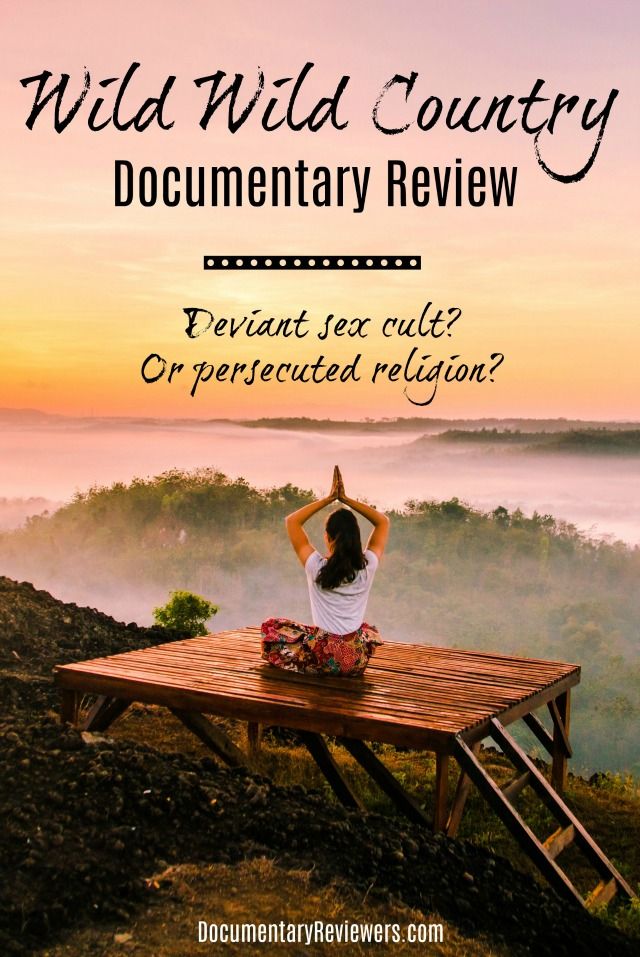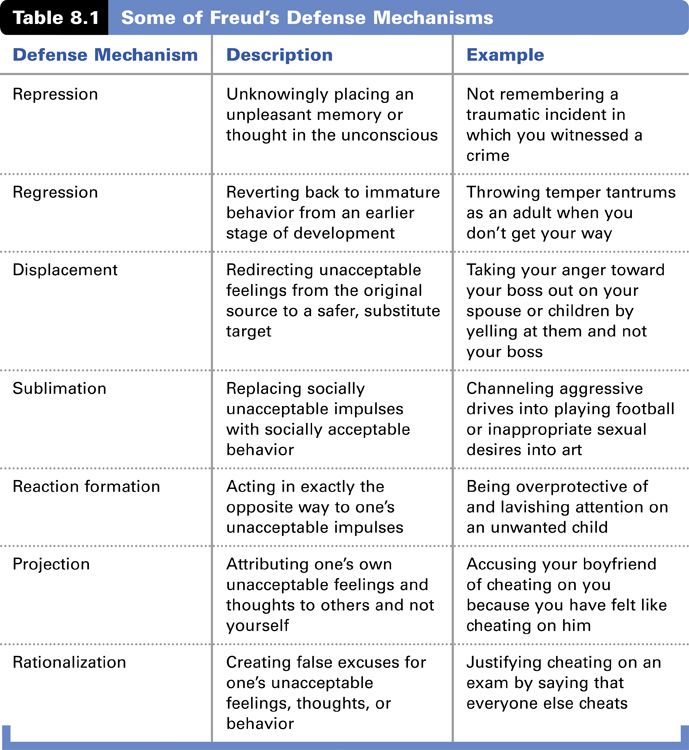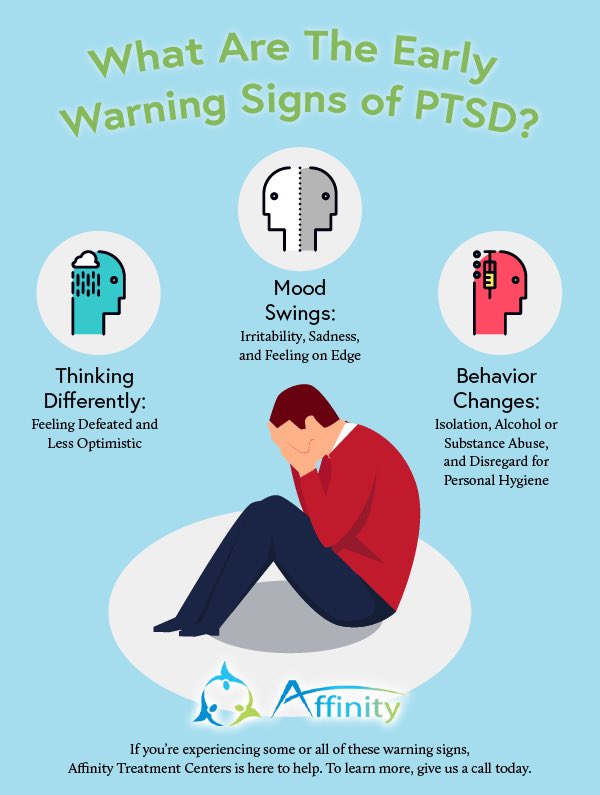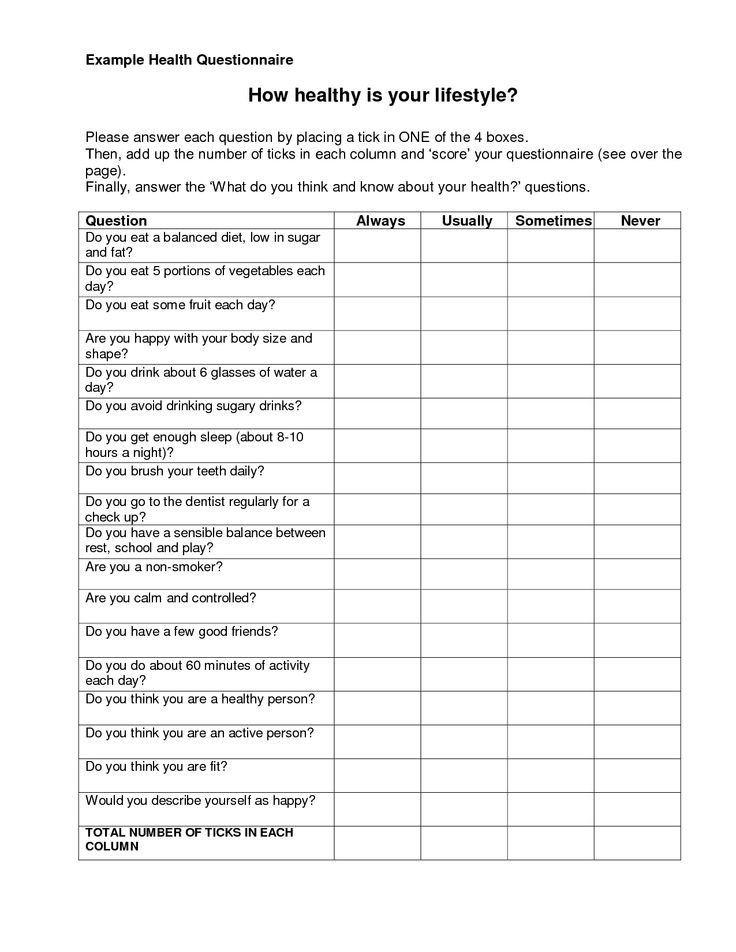Guided meditation on love
This Loving-Kindness Meditation is a Radical Act of Love
As the pace of our lives continues to accelerate, driven by a host of forces seemingly beyond our control, more and more of us are finding ourselves drawn to engage in meditation, in this radical act of being. We are moving in the direction of meditative awareness for many reasons, not the least of which may be to maintain our individual and collective sanity, or recover our perspective and sense of meaning, or simply to deal with the outrageous stress and insecurity of this age.
By stopping and intentionally falling awake to how things are in this moment, purposefully, without succumbing to our own reactions and judgments, and by working wisely with such occurrences with a healthy dose of self-compassion when we do succumb, and by our willingness to take up residency for a time in the present moment in spite of all our plans and activities aimed at getting somewhere else, completing a project or pursuing desired objects or goals, we discover that such an act is both immensely, discouragingly difficult and yet utterly simple, profound, hugely possible after all, and restorative of mind and body, soul and spirit right in that moment.
It is indeed a radical act of love just to sit down and be quiet for a time by yourself.
Formal loving-kindness practice can function to soften one’s relationship to overwhelmingly afflictive mind states, so that we can avoid succumbing completely to their energies. It makes them more approachable and it makes them less intractable.
Loving-kindness, compassion, sympathetic joy and equanimity are rigorous meditation practices, used for the most part to cultivate one-pointed concentrated attention, out of which the powers of these evoked qualities emerge, transfiguring the heart. Just naming these qualities of heart explicitly and making their role explicit in our practice may help us to recognize them when they arise spontaneously during mindfulness practice. As well as to incline the heart and mind in that direction more frequently, especially in difficult times.
These practices, and in particular loving-kindness, can often serve very practically as a necessary and skillful antidote to mind states such as ferocious rage, which may, at the time of their arising, be simply too strong to attend to via direct observation unless ones practice is very developed. At such times formal loving-kindness practice can function to soften one’s relationship to such overwhelmingly afflictive mind states, so that we can avoid succumbing completely to their energies. It makes them more approachable and it makes them less intractable.
At such times formal loving-kindness practice can function to soften one’s relationship to such overwhelmingly afflictive mind states, so that we can avoid succumbing completely to their energies. It makes them more approachable and it makes them less intractable.
But with practice direct observation itself, on its own, becomes the embodiment of loving-kindness and compassion all by itself, and is capable of embracing any mind state, however afflictive are toxic. And in the seeing of it and the knowing of it—in open-hearted non-reactive, nonjudgmental presence—we can see into the nature of the anger or grief for whatever it is. And in the seeing, in the embracing of it, in the knowing of it, as we have seen, it attenuates, weakens, evaporates, very much like touching a soap bubble or like writing on water. What emerges in such moments is nothing less than loving-kindness itself arising naturally from extended silence, without any invitation because it’s never not already here.
A 40-Minute Meditation For Deep Healing of Ourselves and Others
A Loving-Kindness Meditation
- 47:00
1.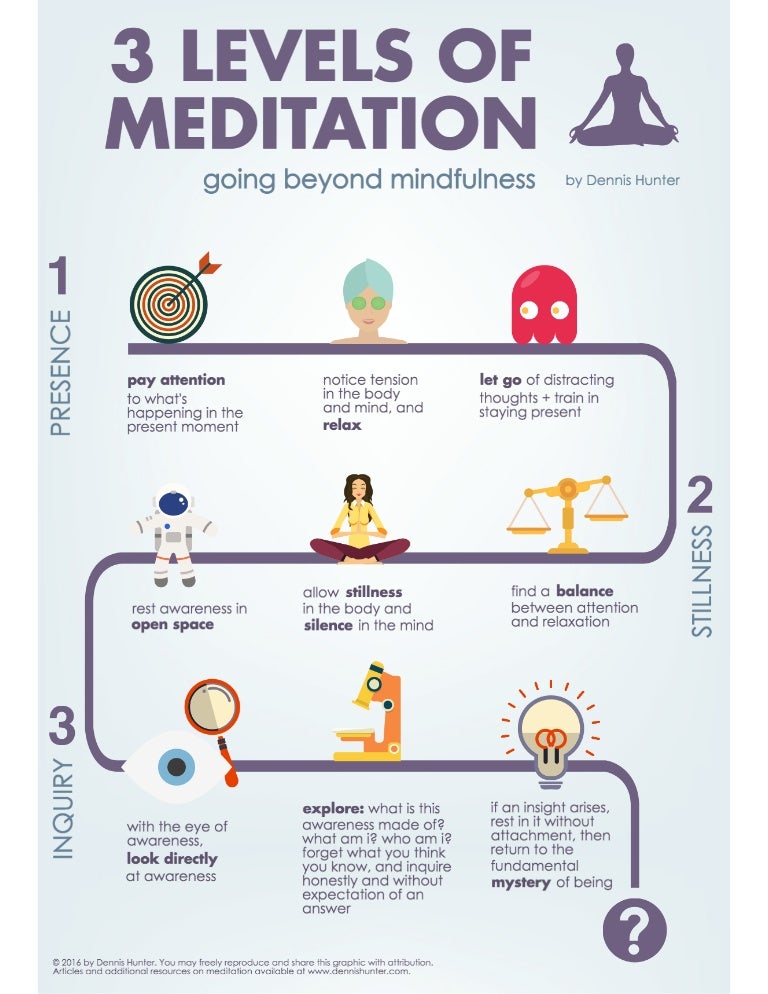 In a dignified sitting posture or lying down, whatever you prefer, bring your awareness to the breath and the body as a whole. Breathe and rest here, establishing a relatively stable platform of moment-to-moment awareness, riding on the waves of the breath.
In a dignified sitting posture or lying down, whatever you prefer, bring your awareness to the breath and the body as a whole. Breathe and rest here, establishing a relatively stable platform of moment-to-moment awareness, riding on the waves of the breath.
2. When you feel comfortable resting with the flow of your breathing, picture someone in your life who loves you, or who loved you unconditionally. Evoking and giving yourself over to feeling the qualities of the selfless love and kindness they accord you, or accorded you, and the whole aura or field of their love for you—right here right now breathing with these feelings, bathing in them, resting in the warmth and radiance of their heartfelt embracing of you just as you are. Or drinking in the experience that you are unequivocally and unconditionally loved and accepted as you are—without having to be different, without having to be worthy of their love, without having to be particularly deserving.
In fact, you may not feel particularly worthy or deserving. That does not matter. It is in fact irrelevant. The relevant fact is that you were or are loved. Their love is for you, just as you are. For who you are now, already, and perhaps always have been. Allowing your own heart to bask in these feelings, to be cradled in them, entrained into them. To be rocked moment by moment in the swinging rhythmic beating of the loving heart of another. And in the cadences of your own breathing, allowing your heart to be held and bathed in this way, by the warmth of this radiant pulsing field of loving-kindness.
3. If you encounter some difficulty in bringing to mind or conjuring up such a person from memory in this moment, then see if you can imagine someone treating you in that way. And imagine with great vividness the feelings of love and kindness and regard. And that can actually serve equally well in this practice.
4. Whenever you feel ready, see if you can become the source as well as the object of these same feelings.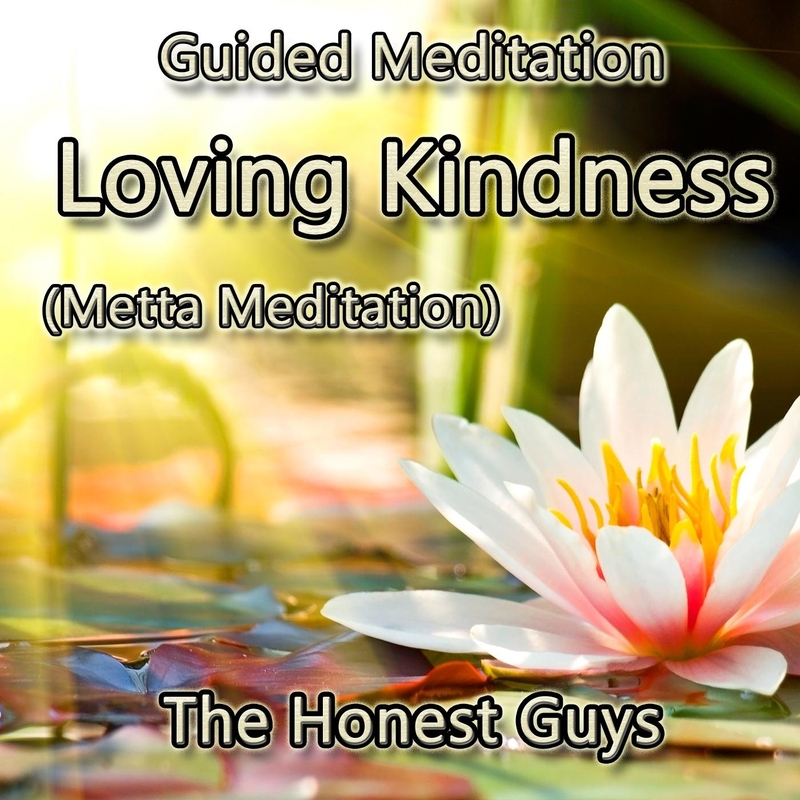 In other words, take on these feelings for yourself as if they were your own rather than those of another. Lingering as best you can with the rhythmic beating of your own heart. Cradling in your own heart these feelings of love and acceptance and kindness for yourself beyond judgment of any kind. Just basking in feelings of loving kindness akin to the all-loving embrace of a mother for her child—Where you are simultaneously both the mother and the child. Resting here in these feelings as best you can, from moment to moment. Bathing in your own kind regard. Your own complete acceptance of yourself as you are right here in this very moment. Letting this feeling be self-sustaining, natural, in no way forced or coerced.
In other words, take on these feelings for yourself as if they were your own rather than those of another. Lingering as best you can with the rhythmic beating of your own heart. Cradling in your own heart these feelings of love and acceptance and kindness for yourself beyond judgment of any kind. Just basking in feelings of loving kindness akin to the all-loving embrace of a mother for her child—Where you are simultaneously both the mother and the child. Resting here in these feelings as best you can, from moment to moment. Bathing in your own kind regard. Your own complete acceptance of yourself as you are right here in this very moment. Letting this feeling be self-sustaining, natural, in no way forced or coerced.
Rest in Loving-Kindness
5. In resting here in this field of loving-kindness, this embrace of loving-kindness, you may find it useful to whisper to yourself the following phrases, or hear them being whispered to you by the wind, by the air, by your breath, by the world, or even asserted more strongly with great feeling: May I be safe and protected and free from inner and outer harm.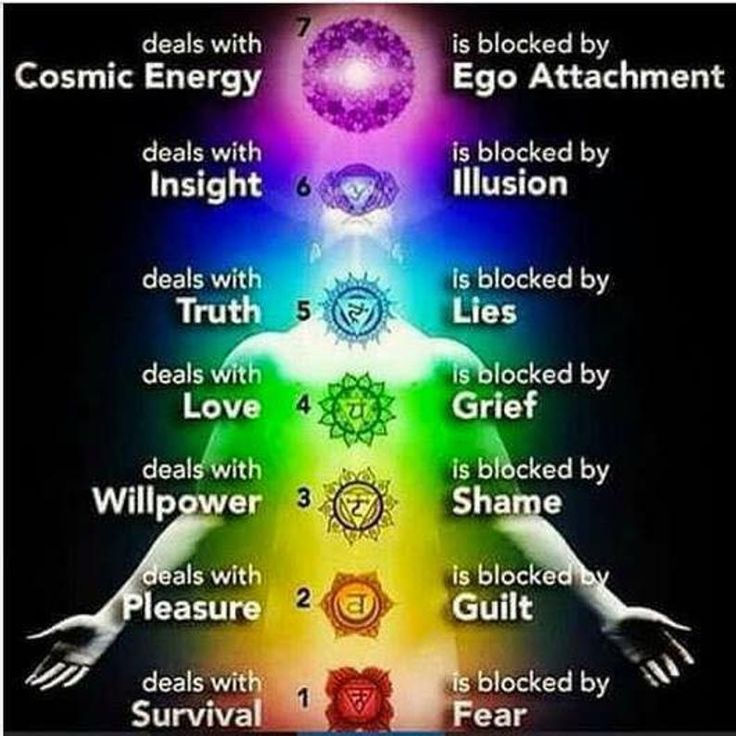 May I be happy and contented. May I be healthy and whole to whatever degree possible. May I experience ease of well-being.
May I be happy and contented. May I be healthy and whole to whatever degree possible. May I experience ease of well-being.
6. Gently at your own pace, over and over, inwardly whispering, inwardly hearing, feeling, sensing, affirming: May I be safe and protected and free from inner and outer harm. May I be happy and contented. May I be healthy and whole to whatever degree possible. May I experience ease of well-being.
May I be safe and protected and free from inner and outer harm. May I be happy and contented. May I be healthy and whole to whatever degree possible. May I experience ease of well-being.
7. At first, it may feel artificial to be saying such things to yourself or even thinking about them. After all, who is this “I” who is wishing this? And who is the “I” who’s receiving these wishes? Ultimately, both vanish into the feeling of being safe and free from harm in this moment, into the feeling of being contented and happy in this moment, the feeling of being whole in this moment, since you already are whole. The feeling of resting in ease of well-being far from the dis-ease and fragmentation we endure so much of the time. This feeling, this very feeling, is the essence of loving-kindness.
The feeling of resting in ease of well-being far from the dis-ease and fragmentation we endure so much of the time. This feeling, this very feeling, is the essence of loving-kindness.
But, you might object, if this is a selfless practice, why am I focusing on myself? On my own feelings of safety and well-being? On my own happiness?
8. But, you might object. If this is a selfless practice, why am I focusing on myself? On my own feelings of safety and well-being? On my own happiness? One response would be: because you are not separate from the universe that gave rise to you and so are as worthy an object of loving-kindness as anything else or anyone else. Your loving-kindness cannot be either loving or kind if it does not include yourself. But at the same time you don’t need to worry. It’s not limited to yourself. Because the field of loving-kindness is limitless. If you like, you can think of the loving-kindness practice, as we’ve been engaging it up to this point, on a relative level at least, as tuning your instrument before you play it out in the world. In this case, tuning the instrument is itself a huge act of love and kindness not a means to an end.
In this case, tuning the instrument is itself a huge act of love and kindness not a means to an end.
9. Once you have established a fairly stable field of loving-kindness around yourself and have lingered here for a time in the feeling of being held and cradled and rocked in its embrace, you can intentionally expand the field of the heart just as we sometimes expand the field of awareness in the mindfulness practice. We can expand the field of loving-kindness around our own heart and our own being, inviting other beings either singly or en masse into this growing embrace. This is not always so easy to do. And so it’s helpful to start with one person for whom you naturally harbor feelings of loving-kindness, and only if you care to explore it. Otherwise, you can simply keep embracing yourself as the recipient of your own love and kindness, either using the phrases we are already using or modifying them to suit yourself.
Open Your Heart
10. So, if you are open to expanding the field of loving-kindness out from your own heart and your own body and your own being, in your mind’s eye and in your heart, evoking for now the feeling or image of an individual, a person for whom you have great affection, someone you were close to emotionally.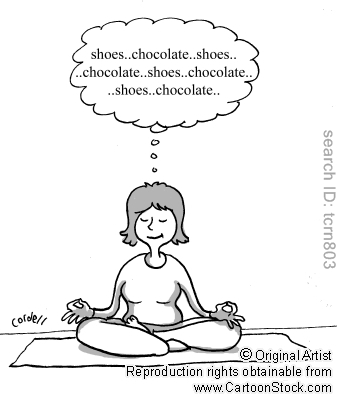 Can you hold this person in your heart with the same quality of loving-kindness that you have been directing towards yourself? Whether it is a child or a parent, a brother or a sister, a grandparent or other relative near or distant, a close friend or a cherished neighbor, singly or together. Breathing with them or him or her in your heart. Holding them in your heart. Imagining them in your heart as best you can. Because, just to let you know, this practice is so intrinsically powerful that none of the imaging of yourself or others needs to be very vivid for it to be hugely effective. And wishing them well: May she, he, they be safe and protected and free from inner and outer harm. May she, he, they be happy and contented. May she, he, they be healthy and whole to whatever degree possible. May she, he, they experience ease of well-being.
Can you hold this person in your heart with the same quality of loving-kindness that you have been directing towards yourself? Whether it is a child or a parent, a brother or a sister, a grandparent or other relative near or distant, a close friend or a cherished neighbor, singly or together. Breathing with them or him or her in your heart. Holding them in your heart. Imagining them in your heart as best you can. Because, just to let you know, this practice is so intrinsically powerful that none of the imaging of yourself or others needs to be very vivid for it to be hugely effective. And wishing them well: May she, he, they be safe and protected and free from inner and outer harm. May she, he, they be happy and contented. May she, he, they be healthy and whole to whatever degree possible. May she, he, they experience ease of well-being.
Linger, moment by moment, in the field of loving-kindness within your own heart. With these phrases as you voice them silently to yourself, and even more with the feeling behind them.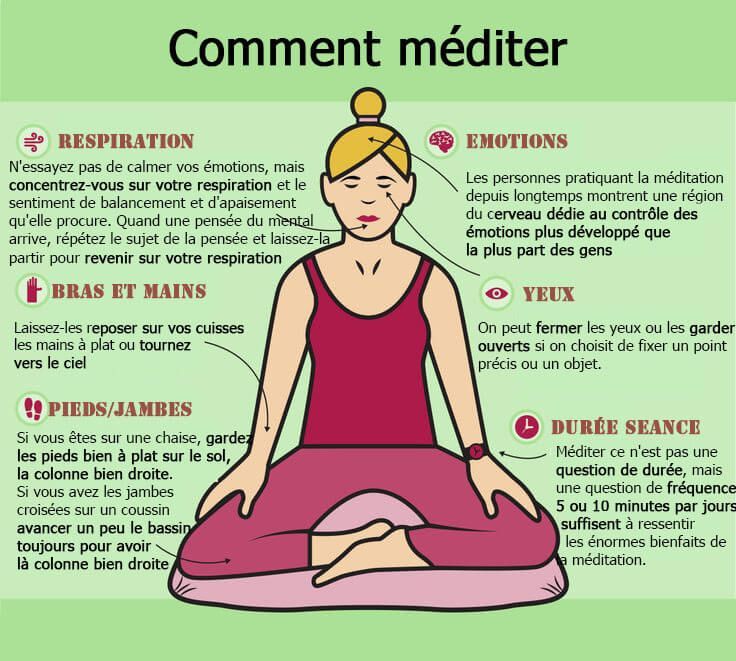 Repeating them in order over and over, not mechanically, not like a mantra, but mindfully with full awareness, knowing what you’re saying. Feeling the intention behind the feeling, the intention and feeling behind each phrase. May she, he, they be safe and protected and free from inner and outer harm. May she, he, they be happy and contented. May she, he, or they be healthy and whole to whatever degree possible. May she, he, or they experience ease of well-being.
Repeating them in order over and over, not mechanically, not like a mantra, but mindfully with full awareness, knowing what you’re saying. Feeling the intention behind the feeling, the intention and feeling behind each phrase. May she, he, they be safe and protected and free from inner and outer harm. May she, he, they be happy and contented. May she, he, or they be healthy and whole to whatever degree possible. May she, he, or they experience ease of well-being.
11. Here, whenever you’re ready, if you care to, you can invite into the field of the loving heart, those for whom your relationship is more neutral, or even people you don’t know at all, or who you have only heard of secondhand friends of your friends for instance. And again, cradling him, her, or them in your heart, wishing them well: May she, he, or they be safe and protected and free from inner and outer harm. May she, he, or they be happy and contented. May she, he, or they be healthy and whole to whatever degree possible. May she, he, or they experience ease of well-being.
May she, he, or they experience ease of well-being.
If you find the mind wandering or you find yourself struggling at a certain point, just as in the cultivation of mindfulness, just notice what’s going on in the mind.
12. If you find the mind wandering or you find yourself struggling at a certain point, just notice what’s going on in the mind. Perhaps feeling the sense of struggling in maybe even maintaining your focus or your concentration. And simply, over and over again, including yourself in the field of loving-kindness and coming back to the phrases whispered, spoken inwardly to yourself, resting in the feeling radiating out of those phrases, and underneath that, out of your heart. Moment by moment by moment, with whoever it is, singly or together, to whom you’re sending loving-kindness.
13. And from here, if you care to, you can once again expand the field of awareness to include one or more individuals who are actually problematic for you in one way or another, with whom you share a difficult past, perhaps. Who may have harmed you in one way or another who for whatever reason you consider to be more of an adversary or an obstacle than a friend. This does not mean that you are being asked to forgive them for what they may have done to hurt you, or to cause you or others harm. You are simply recognizing that they too are human beings, that they too have aspirations, that they too, in all likelihood, desire to be happy and safe.
Who may have harmed you in one way or another who for whatever reason you consider to be more of an adversary or an obstacle than a friend. This does not mean that you are being asked to forgive them for what they may have done to hurt you, or to cause you or others harm. You are simply recognizing that they too are human beings, that they too have aspirations, that they too, in all likelihood, desire to be happy and safe.
14. So, as best you can, and only to the degree that you feel ready for it, or at least open to experimenting with it, extending loving-kindness to them as well, for all the difficulties and problems lying between you: May she, he, or they be safe and protected and free from inner and outer harm. May she, he, or they be happy and contented. May she, he or they be healthy and whole to whatever degree possible. May she, he or they experience ease of well-being.
Just as with the cultivation of mindfulness, where we can rest with one object of attention or expand the field to include varying levels of objects of attention, so in this loving-kindness practice we can linger for days, weeks, months, or years at differing levels of the practice, all of which are equally valid and equally healing, and all of which ultimately include each other.
Turn Your Attention Inward for a Moment
15. So, if you wish to cultivate loving-kindness and direct it only toward yourself now, in this period of practice, that is perfectly fine and you can just keep and sustain that dimension of the loving-kindness practice underneath my voice and what I’m saying. Or if you care to direct loving-kindness only toward those who you know and love, or even one person over and over again, that is just fine too. Any level at all at which you care to cultivate and direct loving-kindness is fine, is perfect. And ultimately embodies all the others anyway. For, over time, it’s likely (since your own capacity for loving, whether you know it or not, is infinite; that is simply the nature of love, that it’s limitless and therefore actually an infinite supply) that you may find yourself naturally drawn to invite more and more beings into the field of loving-kindness radiating from your own heart and your own being in all directions, inwardly and outwardly. Or you may find that at times they just slip in, unbidden somehow. This is interesting to note. If you are not consciously inviting them in, how come they are showing up anyway? And how are they getting in? Hmmmm… Maybe your heart is bigger and wiser than you think?
Or you may find that at times they just slip in, unbidden somehow. This is interesting to note. If you are not consciously inviting them in, how come they are showing up anyway? And how are they getting in? Hmmmm… Maybe your heart is bigger and wiser than you think?
16. In the spirit of the boundlessness of the heart and of love itself, we can expand the field of loving-kindness even further to include our neighbors and neighborhood, our community, our state, our country, the entire world if you will. You can include your pets, all animal life, all plant life, all life, the entire biosphere, all sentient beings. You can also get very specific and include specific people, even political leaders in the field of your loving-kindness. Difficult as that may be if you differ strongly with them and find yourself judging them and even their basic humanity harshly. All the more reason for including them. Being human, they are worthy of loving-kindness and perhaps will respond to it by softening in ways your mind cannot possibly imagine.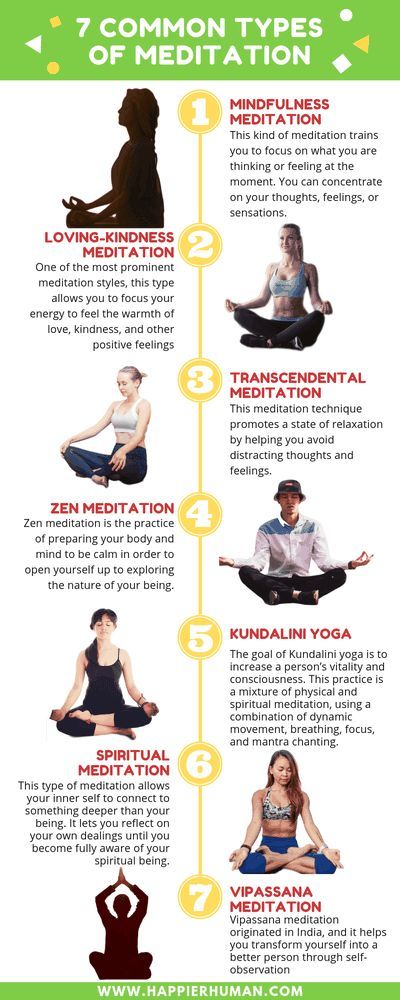 And perhaps the same goes for you as well.
And perhaps the same goes for you as well.
You can also specifically include in the field of loving-kindness of those less fortunate than yourself who are exploited at work or at home. All those who are imprisoned justly or unjustly. All those who are at the mercy of their enemies. All those who are hospitalized or sick or dying. All those who are caught up in chaos, who are living in fear, who are suffering in any way shape or form. Whatever brought them to this point in their lives, just as we do, they all want to experience ease of well-being rather than dis-ease and fragmentation, just as we do. They all want to be happy and contented. They all desire to be whole and healthy. They all desire to be safe and free from harm.
So we recognize this way in which we are all united in our common aspiration to be happy and not to suffer and we wish them well: May all beings, near and far, be safe and protected and free from inner and outer harm. May all beings, near and far, be happy and contented. May all beings, near and far, be healthy and whole to whatever degree possible. May all beings, near and far, experience ease of well-being.
May all beings, near and far, be healthy and whole to whatever degree possible. May all beings, near and far, experience ease of well-being.
May all beings, near and far, be safe and protected and free from inner and outer harm. May all beings, near and far, be happy and contented. May all beings, near and far, be healthy and whole to whatever degree possible. And man all beings, near and far, experience ease of well-being.
17. And it need not stop here. Why not include the entire Earth in the field of loving-kindness? Why not embrace the very earth that is our home? That is an organism in its own right, that is in a sense one body, a body that can be thrown off balance by her own actions, conscious and unconscious, in ways that create huge threats to the life it nurtures and to the intelligences embedded within all aspects of that life, animal and plant and mineral that interacts so seamlessly in the natural world. And so we can expand the field of the loving heart even further the field of our loving kindness.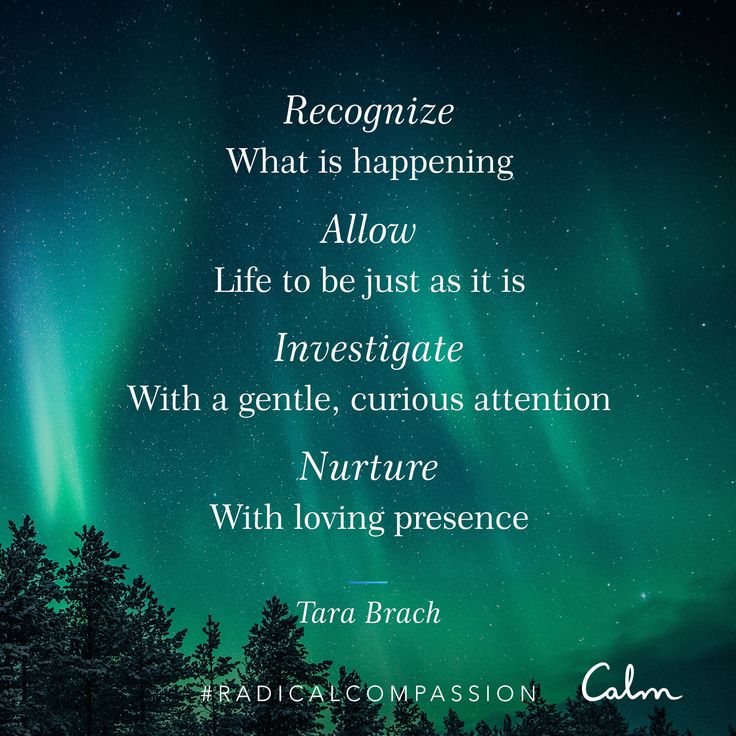
Once again, to include this time the planet as a whole and out beyond that the entirety of the universe in which our Earth is merely an atom and we, not even a quark.
May our planet and the whole universe be safe and protected and free from inner and outer harm. May our planet and the whole universe be happy and contented. May this planet and the universe be healthy and whole. May our planet and the whole universe experience ease of well-being. May our planet and the whole universe be safe and protected and free from inner and outer harm. May our planet and the whole universe be happy and content. Make our planet and the whole universe be healthy and whole. May our planet and the whole universe experience ease of well-being.
18. So, in the final moments of our time together, rest here in the radiance and luminosity of your own intrinsic beauty, your own intrinsic love, your own intrinsic kindness. Whether you are using words or not, at whatever level you choose or intuitively you are drawn to.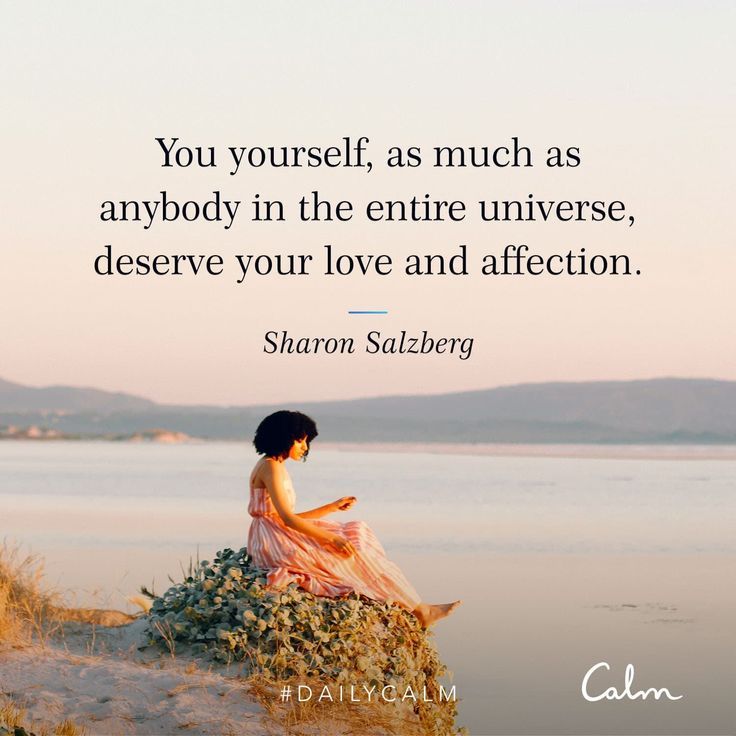 Radiating loving-kindness inwardly and outwardly near and far. And as this formal period of practicing together comes to an end, with the sound of the bells, affirm inwardly that this practice can be nourished on a regular basis if you are drawn to keep it alive and vibrant. Just as can all the other practices we have been engaging in together and affirming for yourself and for others, if you like, the old Navajo saying, which I extend to you now: May you walk in beauty. May you and all beings near and far walk in beauty.
Radiating loving-kindness inwardly and outwardly near and far. And as this formal period of practicing together comes to an end, with the sound of the bells, affirm inwardly that this practice can be nourished on a regular basis if you are drawn to keep it alive and vibrant. Just as can all the other practices we have been engaging in together and affirming for yourself and for others, if you like, the old Navajo saying, which I extend to you now: May you walk in beauty. May you and all beings near and far walk in beauty.
Love Meditation - Headspace
Key takeaways:
To enjoy healthy relationships with others, we should first learn to love ourselves
Meditation helps us to deal with the rollercoaster of emotions love can bring
Try 8 meditations for love and relationships
Why self-love is essential
First thing’s first: in order to share our love with others, it’s important to learn how to direct it inward. Our capability for self-love is often intertwined with how we love others. So if we can treat ourselves with gentleness and compassion, we’re better equipped to extend that same quality of mind to the people around us.
Our capability for self-love is often intertwined with how we love others. So if we can treat ourselves with gentleness and compassion, we’re better equipped to extend that same quality of mind to the people around us.
“If a really close friend was having a tough time, there’s no way we’d speak to them the way we speak to ourselves in our mind,” says Andy Puddicombe, Headspace co-founder and former Buddhist monk. “If we can start approaching our own thoughts and feelings with the same soft and gentle approach we’d extend to someone else, then all of a sudden meditation starts to flow and feel so much easier.”
Self-love can be cultivated by focusing on strengthening our self-esteem. And much of that depends on the storylines we carry about the type of people we are; storylines that are often shaped by our upbringing, background, and how we have been loved — or not — by others. True self-esteem comes from a peaceful mind that no longer identifies with negative thoughts and feelings rooted in the past. Instead, through meditation, we recognize thoughts for what they are: passing.
Instead, through meditation, we recognize thoughts for what they are: passing.
During meditation, it’s natural for the mind to wander and engage with old forms of inner-dialogue that we’re so used to entertaining. When this happens, we can fall back on a technique called noting to help calm and quiet the mind. When a distracting thought arrives out of nowhere, all we do is take a moment to gently acknowledge it: “Oh yeah, thinking.” Or, “Oh yeah, feeling.” Having noted it, there’s a sense of having dealt with it, and this makes it easier to let it go and return to the breath that keeps us anchored in the here and now. When it happens again, which it will, we use the same approach. We are repeatedly training the mind to release old thought patterns and storylines. And that’s how we make space for a healthy self-esteem to grow.
With practice, we can start to apply the same technique in our day-to-day lives: to not let our thoughts or feelings have undue influence over our minds and actions. Noting helps us create a little bit of distance between ourselves and what we think and feel, meaning we don’t get so involved in it all. Ultimately, this creates a more restful, confident state of mind — the foundation for nurturing a harmonious relationship with ourselves and others.
Noting helps us create a little bit of distance between ourselves and what we think and feel, meaning we don’t get so involved in it all. Ultimately, this creates a more restful, confident state of mind — the foundation for nurturing a harmonious relationship with ourselves and others.
Meditation for love
When it comes to cultivating and strengthening relationships with the people we love, some elements are beyond our control. We cannot control how others will think or act toward us. What we can control is how we relate and respond to them. By meditating, we create the space and conditions in our mind that are conducive to developing healthy, kind relationships.
Through consistent practice, we increase awareness of our thoughts and feelings and find a stability of mind that isn’t reactive when triggering emotions arise. When we’re more aware of how the mind habitually behaves, we’re less inclined to engage with any potential conflict or blame-game. Instead, we become more skilled at understanding someone else’s point of view. That’s because meditation also increases our compassion. In fact, one study found that 3 weeks of Headspace increased compassion by 21%.
That’s because meditation also increases our compassion. In fact, one study found that 3 weeks of Headspace increased compassion by 21%.
And another crucial element of a healthy relationship, empathy, can also be nurtured through meditation. Because when we sit with the mind, we learn to be less judgmental of our own thoughts, which, in turn, helps us to be less judgmental of the thoughts and actions of others. As Andy puts it, “Empathy does not require that we have been through the same thing as another person, simply that we meet them where they are now.”
And while sex and meditation may at first seem like unlikely partners, research shows that meditators report better sexual desire, sexual arousal, sexual satisfaction, and overall sexual function than non-meditators. A calmer, less stressed mind has more space for intimacy.
There are many techniques we can use when meditating for love and relationships, including visualization meditations, where we can picture our partner as the beneficiary of our practice, and specifically loving-kindness meditation, where we direct goodwill to ourselves, and then to others.
Try 8 meditations for love
Looking for more meditations for love and relationships? The Headspace app offers members several courses and single meditations for relationships, including:
Self Love single meditation. Tap into the love that’s always been available to you.
Kindness course. Foster feelings of compassion towards yourself.
Difficult Conversations single meditation. Move towards a calmer mindset before a tough talk.
Relationships course. Achieve greater harmony with others and yourself.
Forgiveness single meditation. Find peace in working to forgive yourself and others.
Self-Compassion course. Practice treating yourself with unconditional kindness.
Loving Others single meditation. Explore ways to appreciate different relationships.
Self-Esteem course.
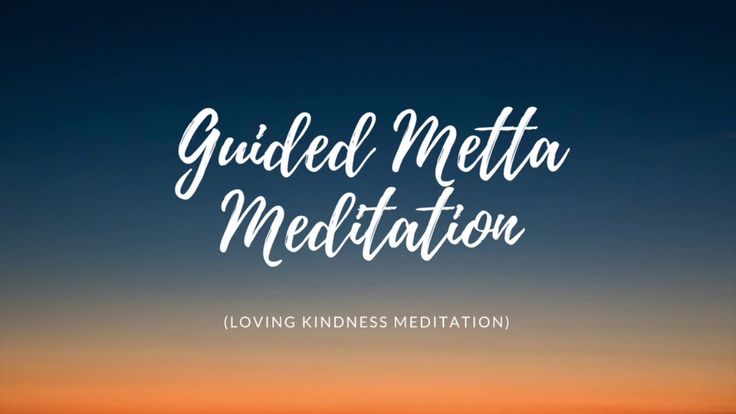 Move towards a less judgmental inner life.
Move towards a less judgmental inner life.
By learning to love ourselves, we also strengthen our relationships with others. Meditation can help us to cultivate harmony in our own minds, which we can then share with our loved ones and more fully enjoy loving relationships that enrich our lives.
Loving-Kindness Meditation - How the Practice Works
During Love-Kindness Meditation (LKM), one participates in sending loving-kindness and compassion to oneself and others. This self-care technique sharpens a person's capacity for compassion and empathy so that he can receive his own love and kindness and send selfless love to the living beings around him. Those who regularly practice love-kindness meditation have greater forgiveness, self-acceptance, and connectedness.
HOW THE LOVE-KINDNESS MEDITATION PRACTICE WORKS
In a study conducted by the University of Wisconsin-Madison, fMRI scans were taken of Tibetan monks and meditators who practiced love-kindness meditation for at least 10,000 hours. The scans showed that the brain circuits of these people had a greater ability to recognize the emotions and subjective feelings of other people than those of the active control groups. In addition, the longer they practiced LMB, the stronger the bonds were and the greater their capacity for positive emotions. This study shows a huge improvement in mental health through love-kindness meditation.
The scans showed that the brain circuits of these people had a greater ability to recognize the emotions and subjective feelings of other people than those of the active control groups. In addition, the longer they practiced LMB, the stronger the bonds were and the greater their capacity for positive emotions. This study shows a huge improvement in mental health through love-kindness meditation.
Love-kindness increases a person's capacity for unconditional love more than any other meditative practice. She teaches us to extend this love beyond our family and friends so that it can embrace ourselves, strangers, and the world at large. With the help of the LMB, we learn to find love, empathy and compassion for those we encounter in conflict situations.
BENEFITS OF LOVE-KINDNESS MEDITATION
Although significant differences between people can affect results, the practice of love-kindness meditation has many powerful benefits. Some of these benefits that improve practitioners' subjective well-being include:
1.
 INCREASES POSITIVE EMOTIONS
INCREASES POSITIVE EMOTIONS Just a short practice of love-kindness meditation helps reduce negative symptoms and increase positive emotions. One seven-week study found that at the end of the study, participants experienced more cheerfulness, satisfaction, joy, love, and appreciation, which increased their overall life satisfaction.
2. REDUCES SELF-CRITICISM
It reduces self-criticism and increases self-love, which is very important for those who experience anxiety and are excessively hard on themselves. Self-acceptance promotes the development of a healthy mind for self-satisfaction. In addition, it increases empathy and compassion for ourselves and others, which allows us to be more understanding and strengthen relationships.
3. TREATS CHRONIC PAIN
Results from one eight-week study in which researchers used love-kindness meditation to reduce chronic low back pain showed that participants in mindfulness meditation experienced greater reductions in pain and psychological distress by the end of the study. Further research has shown that it also significantly reduces tension in migraines and headaches.
Further research has shown that it also significantly reduces tension in migraines and headaches.
4. REDUCES ANXIETY, STRESS AND DEPRESSION SYMPTOMS
According to PubMed, love-kindness meditation is used in behavioral therapy for the regulation of emotions and psychiatric disorders, including borderline personality disorder. As a psychological intervention for those suffering from depression, coping with the stresses of long-term care, social anxiety, anger and conflict with partners. It provides emotional regulation as a form of positive psychology, promoting the development of positive feelings through mindfulness-based stress reduction. Practicing kindness and compassion meditation has a positive effect on stress management.
5. MAY Slow Down the Aging Process
According to one PubMed study, frequent practice of love-kindness meditation can slow down the aging process. It compares the part of the chromosome associated with aging (telomeres) with an age-matched control group. The longer it is, the biologically younger we are. It has been found that women who practice love-kindness are more likely to have longer telomeres.
The longer it is, the biologically younger we are. It has been found that women who practice love-kindness are more likely to have longer telomeres.
HOW TO PRACTICE LOVE-KINDNESS MEDITATION
There are many ways to practice love-kindness meditation. Each variation uses a basic psychological operation that generates good intentions and loving emotions.
Here is a simple and powerful love-kindness meditation technique you can try:
- Start by making time for self-care. It could be the first morning or even a few minutes at work. Sit comfortably, close your eyes, take a few deep breaths, and immerse yourself in the present moment.
- Imagine yourself in a state of complete emotional and physical well-being and inner peace. Start cultivating love for yourself first and take the time to appreciate all that exists. Focus on that positive emotional feeling. Breathe in the feeling of love and breathe out negativity and tension.

- Repeat up to four positive affirmations. Feel free to come up with your own, but here are some examples:
- Immerse yourself in these feelings of self-compassion and comfort. Let these feelings take over the body and mind so that all "I" will be filled with love-kindness.
- Here you can stay with yourself or switch your attention to your loved ones. Start with someone you are close to and start expressing gratitude and love for that person. Hold that sentimental feeling. If you want, repeat your chosen encouraging phrases.
- Once you've focused on the person you've chosen, start bringing other important people in your life to awareness through neutral visualization. Visualize them in turn with gratitude and love. Make this journey through as many friends and family members as you like.
- If it seems appropriate, extend these feelings and thoughts to neighbors, acquaintances, and people around the world. It is potentially possible to include in this process those with whom you are experiencing conflict in order to help achieve forgiveness and peace.

- When you feel satisfied, open your eyes. Be aware of how practicing love-kindness makes you feel, and allow yourself to visit those feelings throughout the day.
- Keep me safe
- May I give and receive gratitude today
- Let me be happy
- May I be healthy, strong and calm
FREQUENTLY ASKED QUESTIONS ABOUT THE PRACTICE OF LOVE-KINDNESS
WHO DEVELOPED LOVE-KINDNESS MEDITATION?
It is not known if there was a specific inventor of this meditation practice. It was invented in ancient India about 2,500 years ago.
HOW DID LOVE-KINDNESS MEDITATION APPEAR?
Love-kindness meditation or Maitri originated in ancient India and came from various Buddhist traditions. It refers to a mental state characterized by unconditional kindness to all beings, including oneself.
DOES LOVE-KINDNESS MEDITATION WORK?
Yes, the practice of love-kindness really works.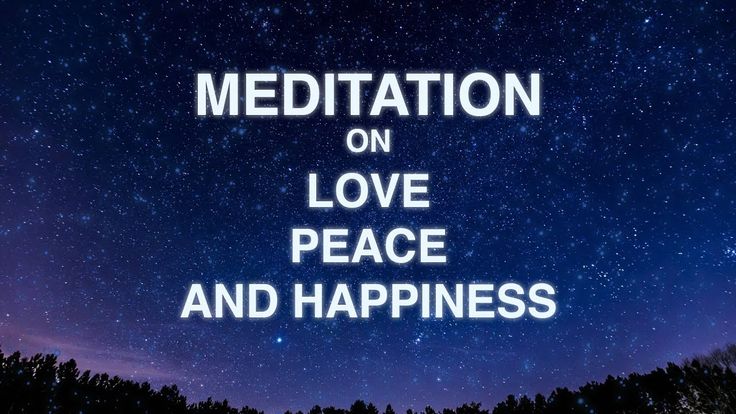 There is extensive research supporting this meditation practice and its positive impact on a person's well-being.
There is extensive research supporting this meditation practice and its positive impact on a person's well-being.
HOW TO CULTURE LOVE-KINDNESS MEDITATION?
The daily practice of love-kindness meditation will help develop compassion in you. In addition, the compassion manifested in meditation mantras can be brought into your daily life. In other words, practice what you preach. Self-compassion is an act of kindness, an unforced judgment. The more you practice love-kindness meditation, the easier it will become for you.
Resources for Anaachan Meditation
Meditation Vika
Meditation for chakras
Meditation techniques
Meditation of body scan
Managing alarm
Meditation Sleep
Mind-Body Connection
Gratitude Meditation
Anxiety Meditation 9Ol000
Gifts for meditation
Benefits of meditation
What is meditation?
What is awareness? 9Ol000
The practice of love-kindness meditation is associated with an increase in the length of telomeres in
Research shows that compassion meditation changes the brain.